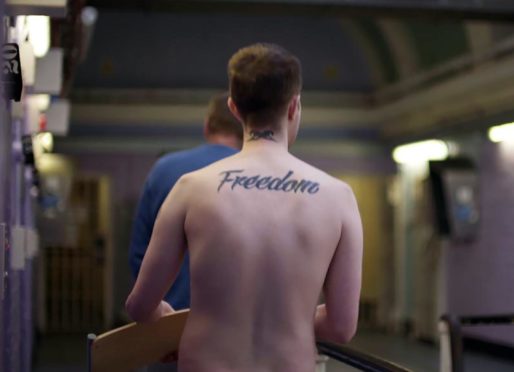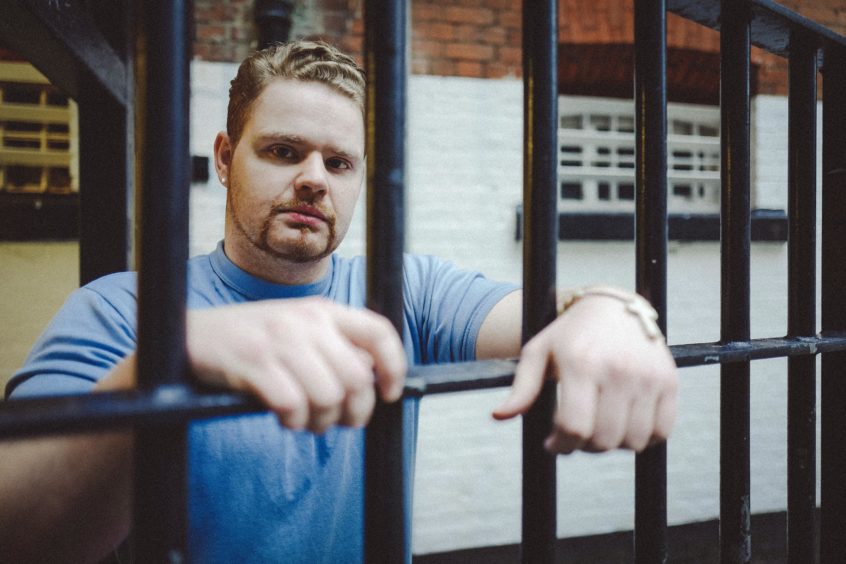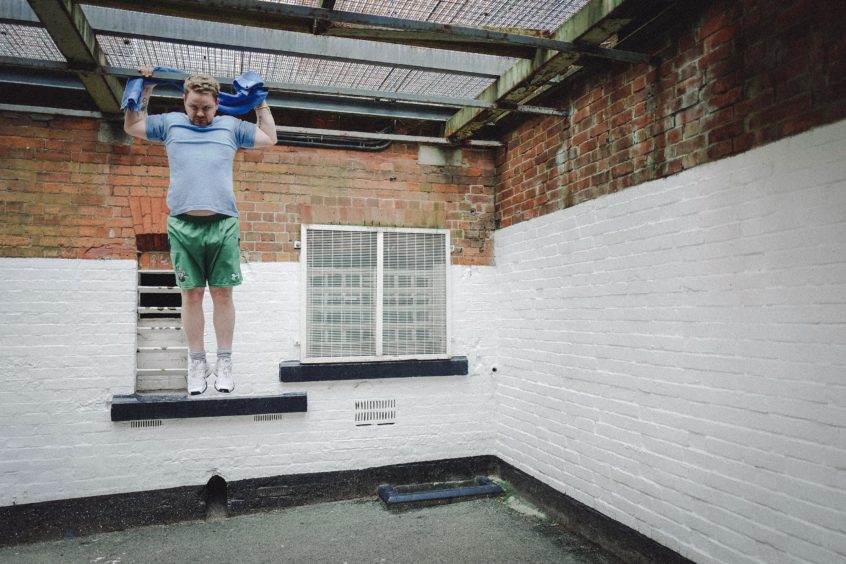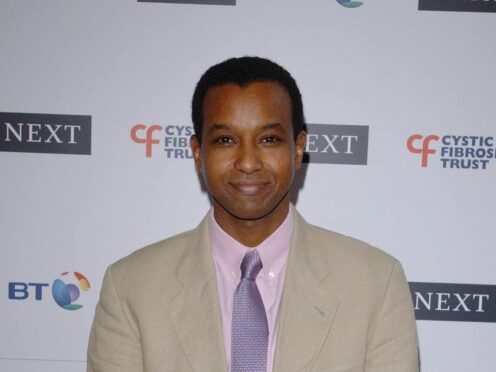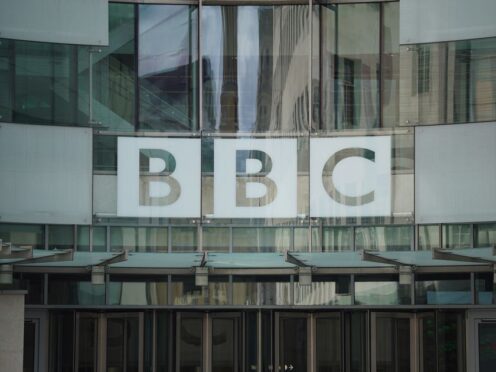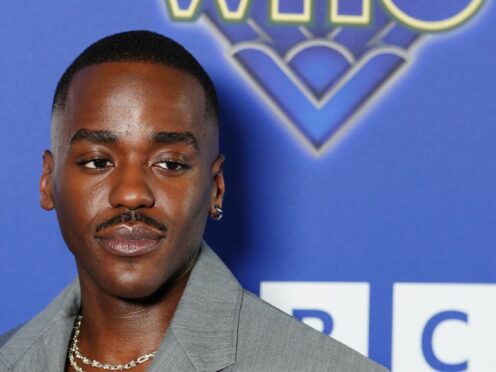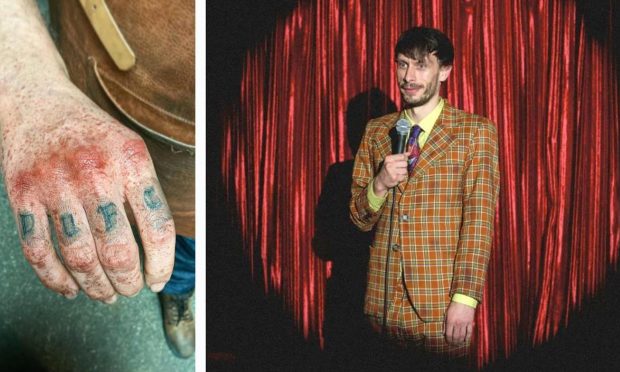Razor blades and human biohazards: What does Crime and Punishment tell us about British society and its prisoners?
The final episode in Channel 4’s documentary series Crime and Punishment was eye opening, and in parts eye watering.
The programme does well to face the issues and failings, which we’re all afraid to talk about, taking place in our justice system. It follows various people involved in the imprisoning, paroling, prosecution and probation of some of the country’s most difficult prisoners.
This final episode in the series, all of which are available to watch on Channel 4’s catch-up service, goes back into the heart of HMP Winchester to show us more about what happens when its prisoners are disruptive.
The series has caused controversy and much questioning in previous episodes, with violent prisoners who have apparently “changed in prison” being released into the community. The criminals at HMP Winchester are no exception. We follow some of the prison’s notorious inmates, the first of which is a man, whose name I didn’t catch, getting moved from his cell to the isolated segregation unit, nicknamed “seg”, while covered in his own faeces. Later he admits he “made himself a biohazard” so he wouldn’t be attacked by prison officers. One guard tells us “it happens quite often”.
The main character, however, is Dan Read, who has six months left of his sentence and has been placed in seg after putting a guard in a headlock. Despite his tendency to be violent, the powers-that-be review Dan’s case and decide he needs to be reintegrated into the prison community before his release. They offer him B or C wing, he argues for A wing. He’s sent back to his isolation unit while they try to fight his case for A wing – where all the new prisoners go.
While waiting for the verdict Dan kicks off again, smashing the observation window of his cell, leaving himself with some mighty cuts on his face. The guards just screw a plastic window over the door so he can’t get out.
However, his efforts seem to work as he is released into A wing and manages to secure himself a job in the kitchens. Fast forward a couple of months and he’s back in seg for threatening to hurt a female officer. We see him in the yard, where we find he’s chewing three razor blades. Then suddenly he’s back in his cell, threatening to use the razor blades (why hadn’t these been taken off him?) and claiming he’ll be “leaving in a body bag in the morning”.
He finished the last 100 days of his sentence in seg and was released back into the community, walking among us well-behaved people, in December 2018. Then some words came up to tell us he was arrested again in February 2019 and will remain there until the end of his sentence in 2024.
I get that being in isolation would take its toll on anyone, as humans aren’t built for that. But it’s hard to feel sorry for some of these men when you see them trying to negotiate “their rights” in prison. Perhaps they should’ve thought about that before doing the deeds that landed them there in the first place.
